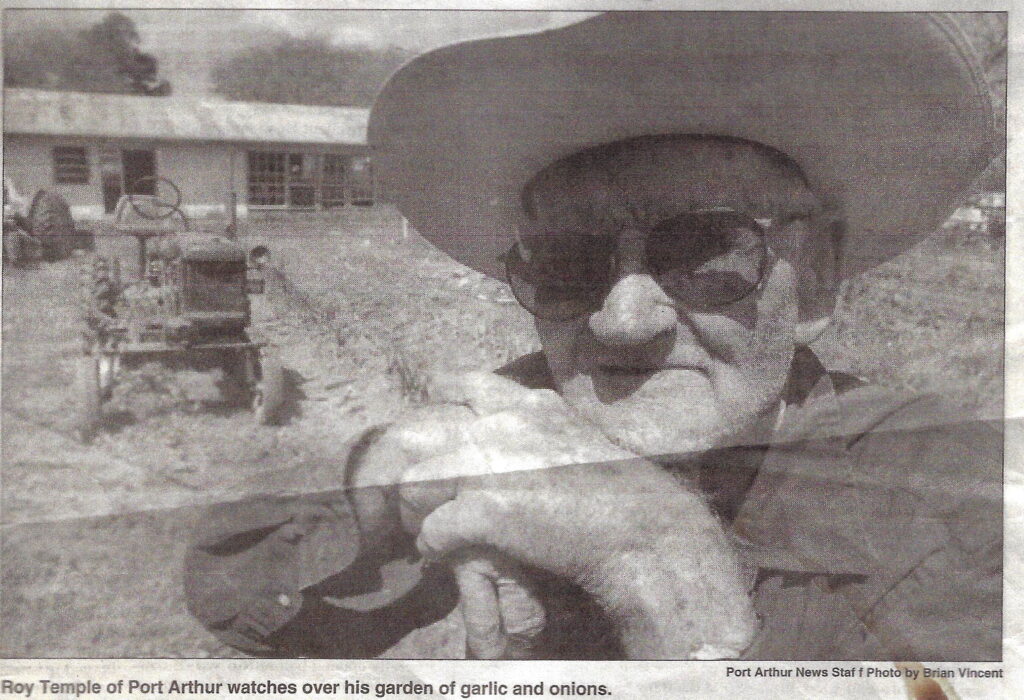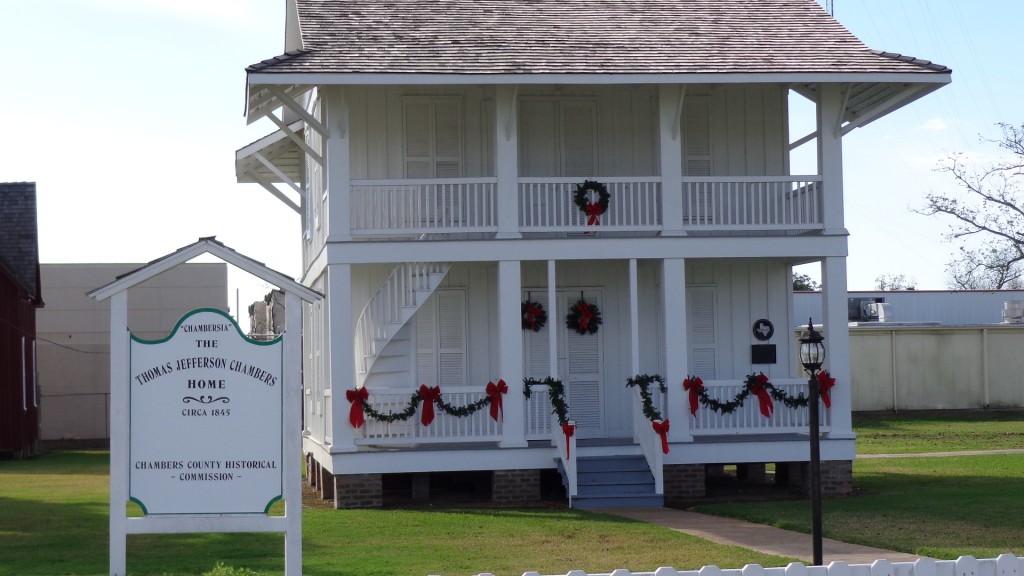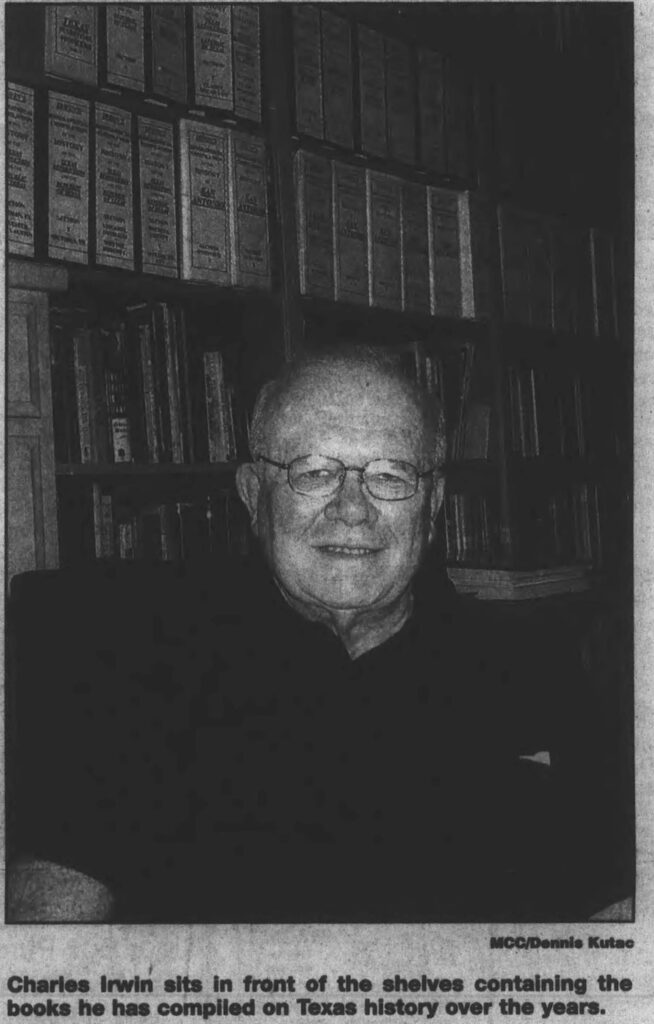
This week, I listened to a few oral histories I collected back in the day. I’m not a good interviewer, but these oral histories did bring out many insights into how people thought and acted in the 1930s and ’40s. The five people I interviewed have since passed, and I will say that they all positively influenced me during my life. The first two, for sure.
I mentioned Roy Temple and his impact on my life a few weeks ago. Roy was a product of the Depression and lived his life accordingly. He also lived the way he wanted—doing what he wanted to do and not bothering about anyone else. Roy may have come across as mean and ornery at times, but under that gruff demeanor, he had a heart of gold. Roy would help anyone who showed up on his doorstep, and there were many who showed up.
Roy was a carpenter by trade and a farmer by habit. He grew up in the 1920s and worked on his parents’ farm from a young age. He spent countless hours tending the fields and learning the art of agriculture (there is an art to it, as he explained to me one day). He also attended school, learning the basics—even some Latin. Later in life, he dropped out of school for a short time, but a teacher convinced him to go back, thus changing his life. Roy was no scholar, but he learned early in life that hard work and an education (in any field) could only help you succeed. And he did succeed—he worked in many fields during the more than 90 years he lived.
One thing I remember from our numerous talks was his involvement in the New Orleans shipyard during WWII. Roy helped build many a ship to the specifications of the naval fleet. “Everything had to be perfect, or they would make you do it again and again,” I remember him saying. I also remember him telling me of ships that had headed out to the Mississippi delta and to sea only to end up at the bottom of the Gulf of Mexico courtesy of a German U-boat torpedo.
I’ve left a link to Roy’s story at the bottom of this blog.
Charles Irwin was a client-turned-friend of mine for 19 years. A true Texas historian, he was born in San Antonio and moved to this area in 1957. There was nothing about Texas history that he didn’t know, and he wrote three books about it: The Creed Taylor Story, Alamo Courier Benjamin Franklin Highsmith 1836, and Peerless Texas Empresarios. He even introduced me to the Republic of Texas Navy—I had no idea. (My second-grade teacher failed to mention this detail about Texas history, but we did look at the moon through a telescope on Woodrow Avenue in Port Arthur.) Yes, Texas had a navy, but it didn’t have any money. I’m sure hilarity ensued when the New Orleans shipyard needed payment to release one of their ships.
I remember our 2012 trip to the Chambers County Historical Commission in Anahuac, when we toured the T. J. Chambers House. In my files, I have many historic entries that Charles fed me. Sometimes I have to recheck who these people are and if they pertain to Texas history or SETX history.

We had other similar interests, including World War II aviation. Charles grew up in San Antonio, and he saw many planes from the war fly daily. He even attended the 50th D-day anniversary in Normandy, France. We were also both interested in English history. I will add that I believe this doesn’t connect to my Welshiness because Welsh history is different. Just ask a Welsh person—they’ll answer in Welsh and not care if you don’t understand. Because they’re Welsh!
Archie Wallace was a client of mine, but we would end up reminiscing about Port Arthur, the interurban, those rich people in Griffing Park, our mutual friend Roy Temple, and Port Arthur Mayor Bernis Sadler’s annexing quests. When asked how the city would pick up the offshore rig’s garbage, Bernis said, “Just leave it on the curb; we’ll pick it up.”
Archie was one of the few people I asked about their life during World War II. He was a child then, and the main thing he remembered was the sugar rationing; also, he had no idea where Pearl Harbor was. I’m sure those rich folks in Griffing Park had encyclopedias, but I digress. In his younger years, Archie worked on the streets in Griffing Park, so he knew the answer to my question of another road leading into Griffing Park. Back in 2015, I found a photo in the Beaumont Enterprise, taken where it is now, at the intersection between Thirty-Second Street and Twin City Highway. It was a then-and-now photo. The first one was taken in 1929, while the second was from 1959. It was nothing special, but it did show that looking south in 1929, you saw nothing, and the road curved to the right instead of making a 90-degree turn like it does today. In 1959, you could see the newly constructed auditorium and gymnasium in the background. There were no trees, and the road still curved to the right. If you stand at the traffic lights on Thirty-Second today, you don’t see the school, but if you glance to your right, you notice a street leading into Griffing Park that was blocked off by a barrier long ago. Since Thirty-Second Street runs west to east, and Twin City Highway runs north to south, you really couldn’t have a fifth road there. Hell, most drivers in Port Arthur can’t figure out a four-way stop.
Millie Rougeau was another person from my past who gave me the real deal when it came to stories of growing up in the ’40s during World War II. She even gave me her uncle’s ration book. I will leave a link about her at the bottom of this blog.
Another link I will add is for the interview I did with my uncle Roy to find out what life was like in Beauxart Gardens. I love these interviews for the history they contain, but the best thing in the cases of Charles Irwin, Millie Rougeau, and my uncle Roy is that I can still hear their voices. I have other interviews that I cherish, and I hope to bring them here fully in the future.
Until next week, reach out to a family member or friend to talk, and you may rediscover some good stories and history that you had forgotten. Do it!
Remembering Roy:
Life in Jefferson County During World War II:
Living in Beauxart Gardens in the 1930s:
Rediscovering Anahuac / Wallisville:


You must be logged in to post a comment.